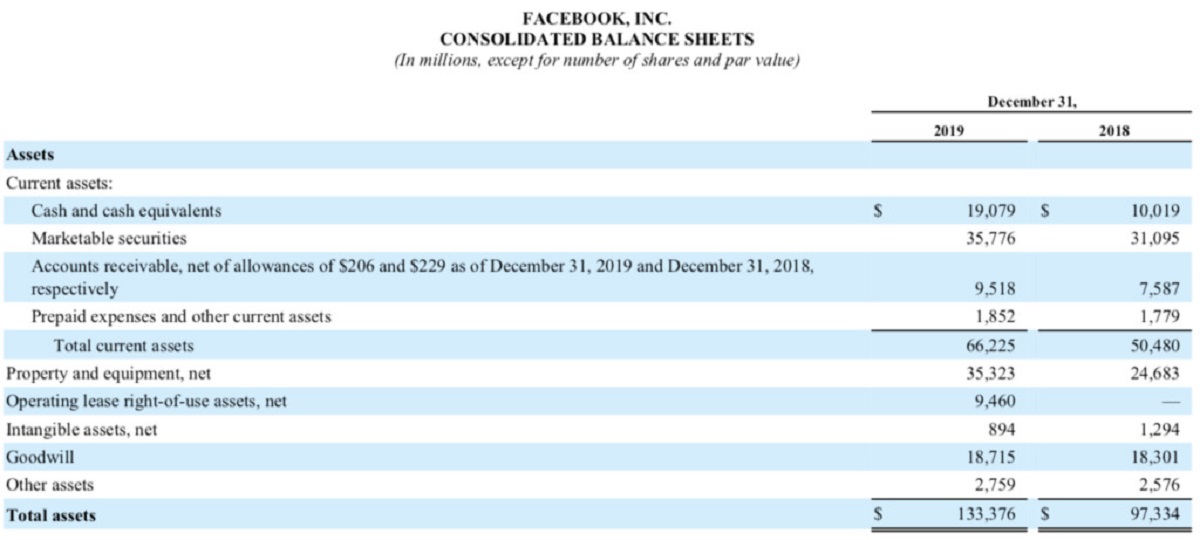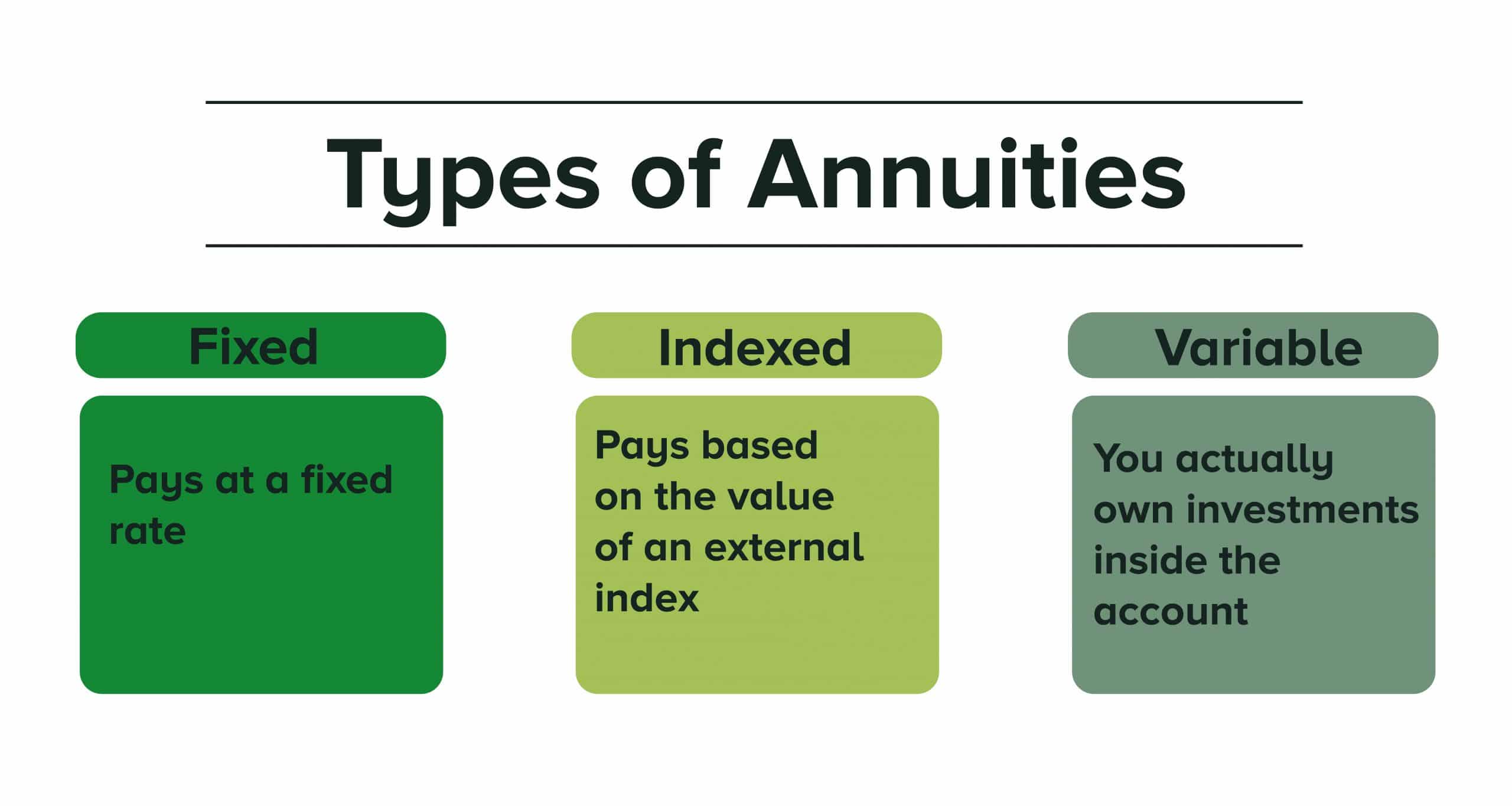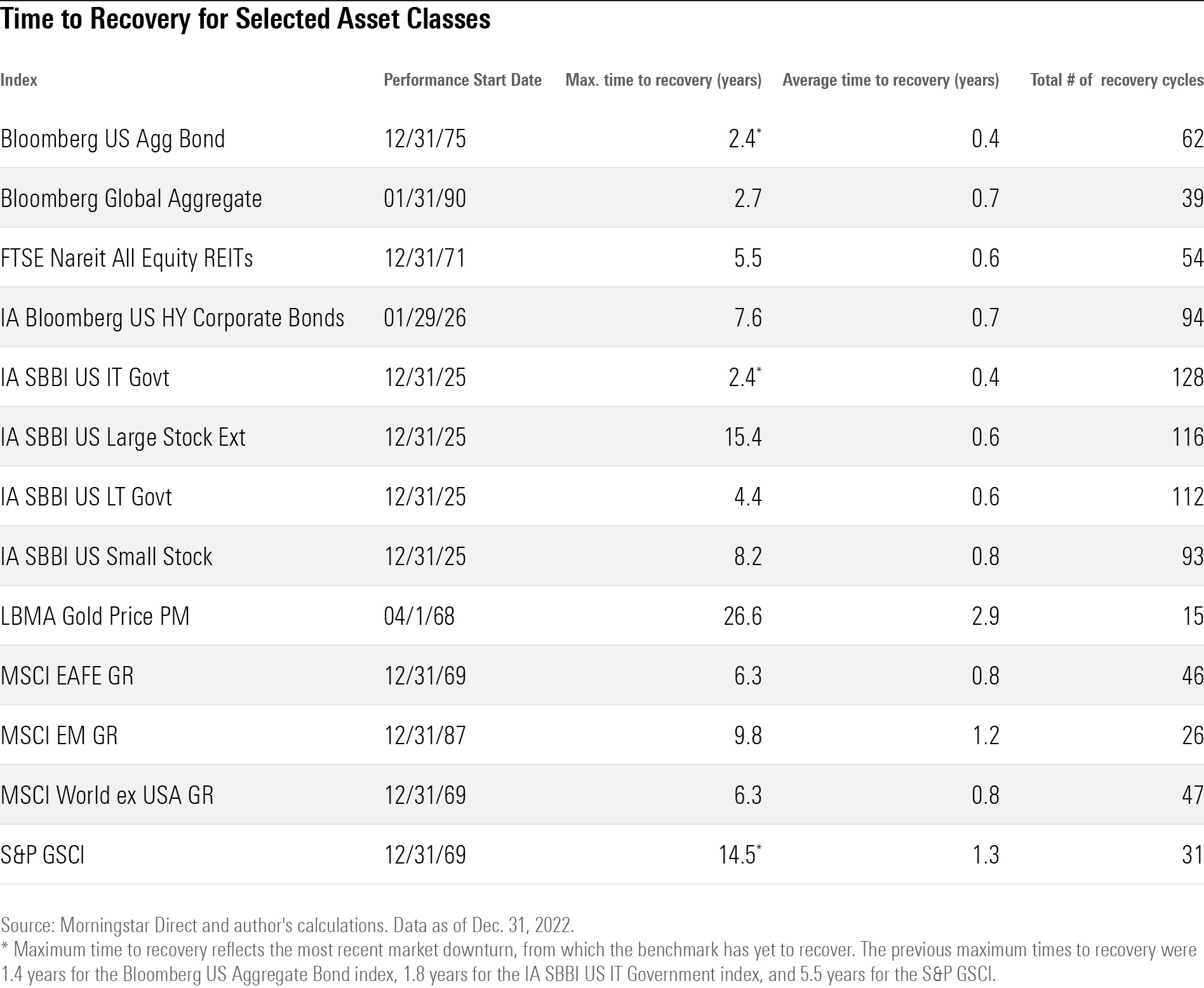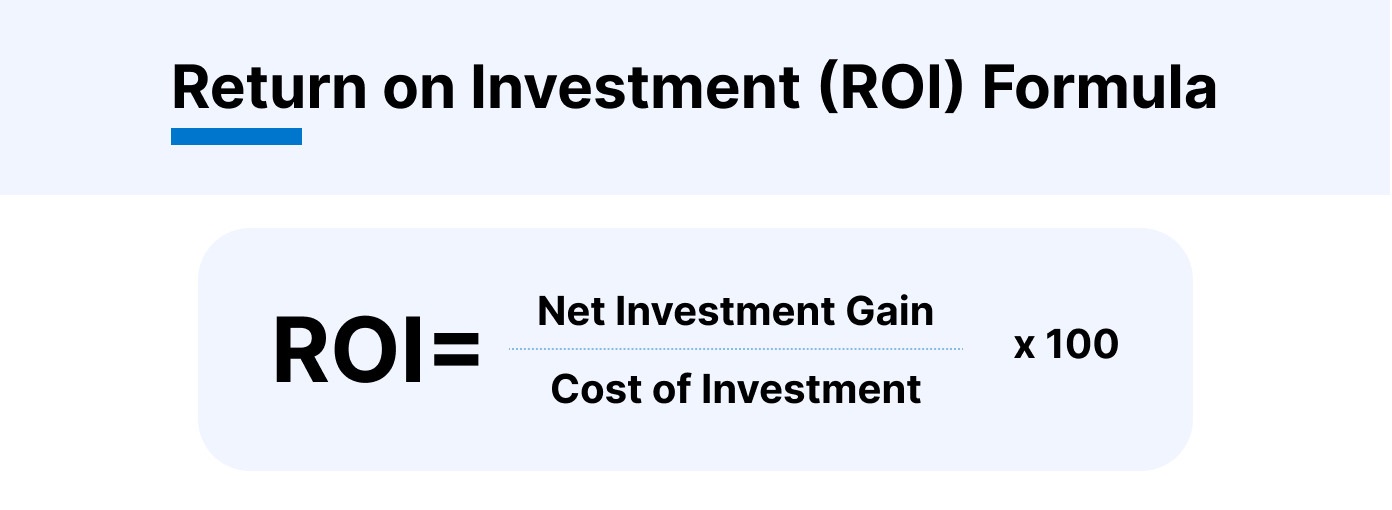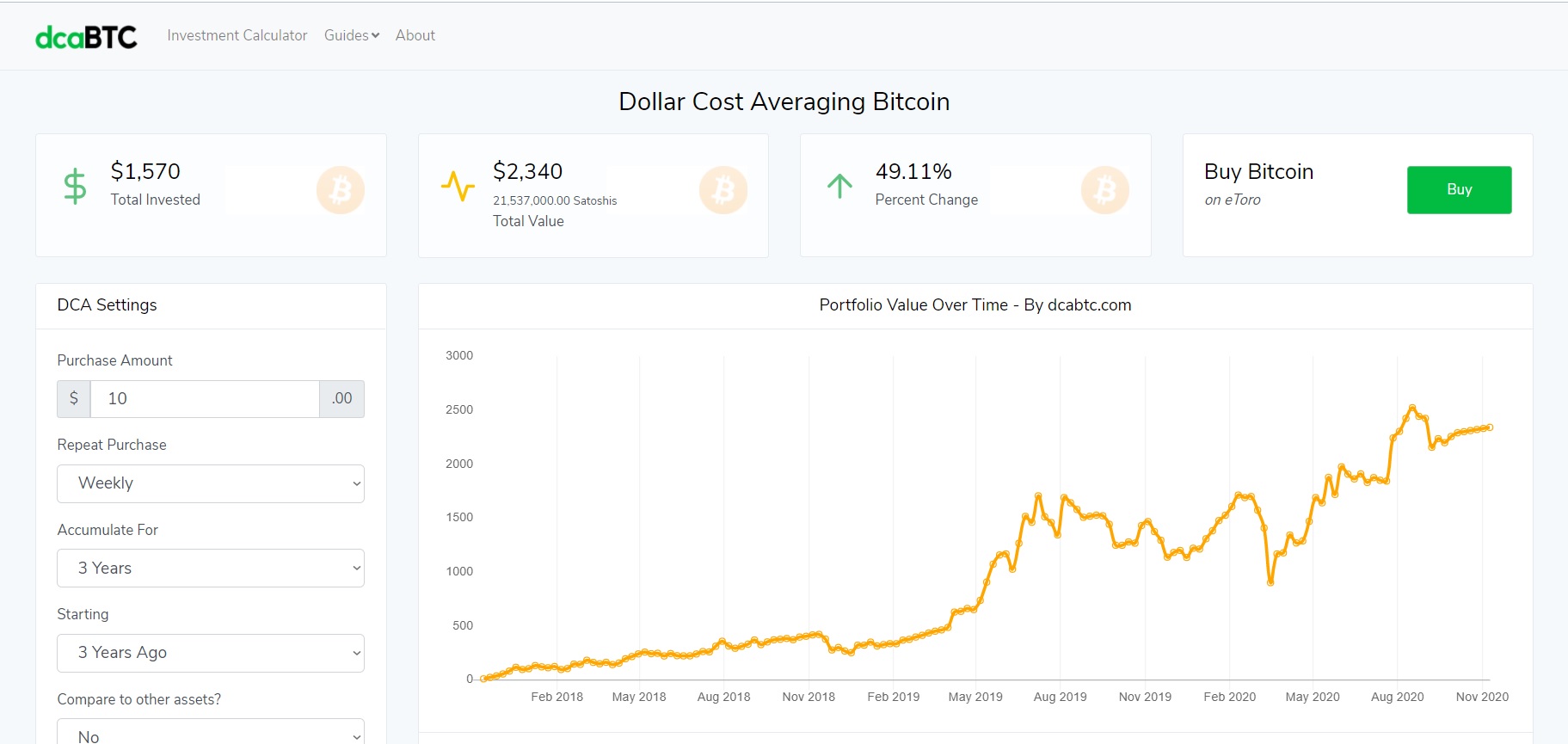Introduction
Welcome to the world of time period investments! If you’re looking to grow your wealth and make your money work for you, understanding and utilizing time period investments is crucial. Time period investments, also known as term deposits or fixed-term investments, offer individuals the opportunity to earn a return on their money over a defined period. Whether you’re a seasoned investor or just starting your financial journey, time period investments can be a valuable addition to your portfolio.
This article aims to provide you with a comprehensive overview of time period investments, including their definition, types, benefits, risks, and how to choose the right investment for your financial goals.
Before we dive into the specifics, let’s clarify what exactly time period investments entail. Essentially, these investments involve depositing a sum of money with a financial institution for a fixed period, typically ranging from a few months to several years. During this term, your money earns interest, providing you with a predictable and secure way to grow your savings.
Now, you may wonder why you should consider time period investments over other investment options. One key advantage is the stability they offer. Unlike riskier investments such as stocks or cryptocurrencies, time period investments guarantee a set return rate over a predetermined time frame. This makes them particularly appealing for individuals seeking low-risk, predictable returns.
Additionally, time period investments are relatively simple to understand and implement. You deposit your money, select the term that suits your needs, and sit back while your investment grows. With fixed rates, you can easily calculate the amount you’ll earn by the end of the term, allowing you to plan your finances accordingly.
However, it’s important to note that time period investments are not without their considerations and risks. While they offer stability, they may not yield the highest returns compared to other investment options. Furthermore, your money is locked in for the duration of the term, meaning you may not have immediate access to it should an emergency arise.
That being said, if you have a specific financial goal in mind, such as saving for a down payment on a home or funding your child’s education, time period investments can provide you with the necessary discipline and structure to achieve your objectives.
Throughout this article, we’ll delve deeper into the different types of time period investments, explore their benefits and risks, and provide you with practical tips to ensure successful time period investing. So, let’s get started on this exciting financial journey and discover the world of time period investments!
Definition and Explanation of Time Period Investments
Time period investments, also known as term deposits or fixed-term investments, are financial instruments that allow individuals to deposit a specific amount of money with a financial institution for a predetermined period. During this period, the money is held by the institution, and the investor earns interest on their deposit.
One of the key characteristics of time period investments is the fixed term. Typically, the term can range from as short as a few months to several years. Unlike other types of investments, such as stocks or mutual funds, where the value can fluctuate daily, time period investments provide a predictable and secure return on investment.
The interest rate on time period investments is determined at the time of deposit and remains fixed for the entire term. This means that investors can calculate exactly how much their investment will earn by the end of the term. The interest earned is usually paid out at regular intervals, such as monthly, quarterly, or annually, depending on the terms of the investment.
Time period investments are typically offered by banks, credit unions, and other financial institutions. These institutions use the funds from time period investments to lend out to borrowers or invest in other ventures, earning a profit in the process. In return, they offer investors a fixed rate of interest on their deposits as compensation.
One of the advantages of time period investments is their low level of risk. Unlike investments in the stock market or real estate, where the value can fluctuate dramatically, time period investments offer a stable and guaranteed return. This makes them an attractive option for individuals who prioritize the preservation of capital over potentially higher returns.
Furthermore, time period investments are relatively easy to understand and accessible to a wide range of investors. They don’t require extensive financial knowledge or expertise, making them suitable for individuals who are new to investing or prefer a more straightforward approach.
Overall, time period investments provide a secure and reliable way to grow your savings over a specific period. Whether you’re saving for a short-term goal, like a vacation or a down payment on a car, or a long-term goal, such as retirement or your child’s education, time period investments can help you achieve your financial objectives.
Types of Time Period Investments
Time period investments come in various forms, each offering its own unique features and benefits. Let’s explore some of the common types of time period investments:
- Certificates of Deposit (CDs): CDs are a popular type of time period investment offered by banks and credit unions. With a CD, you deposit a specific amount of money for a fixed term, typically ranging from a few months to several years. In return, you receive a predetermined interest rate, which is usually higher than what you would earn in a regular savings account. CDs are considered low-risk investments, offering stability and predictable returns.
- Fixed Deposit Accounts: Fixed deposit accounts, also known as term deposit accounts, are similar to CDs, but are typically offered by non-bank financial institutions. These accounts allow you to deposit a sum of money for a specific term, with the interest rate determined at the time of deposit. Fixed deposit accounts are a secure way to grow your savings, offering competitive interest rates and flexible terms.
- Treasury Bonds: Treasury bonds are time period investments issued by governments, typically with longer terms ranging from 10 to 30 years. These bonds are considered low-risk investments, as they are backed by the government’s ability to repay the debt. Treasury bonds offer regular interest payments and return the principal amount to the investor upon maturity.
- Annuities: Annuities are financial products that provide a guaranteed income stream for a specified period or for the rest of your life. They are considered long-term time period investments and are often used as retirement planning tools. Annuities come in various forms, including fixed annuities, which offer a fixed interest rate for a specific term, and variable annuities, which invest in a range of underlying assets and offer the potential for higher returns.
- Savings Bonds: Savings bonds are issued by governments and are designed to encourage individuals to save money. They offer a fixed interest rate and typically have shorter terms, ranging from a few months to a few years. Savings bonds are considered very low-risk investments, as they are backed by the government’s guarantee to repay the bondholder the face value of the bond plus interest upon maturity.
These are just a few examples of the types of time period investments available. It’s important to note that the terms, interest rates, and features of these investments may vary depending on the institution and country you are investing in. It’s a good idea to research and compare different options to find the best fit for your financial goals and risk tolerance.
When considering a time period investment, it’s essential to take into account factors such as the term length, interest rate, liquidity options, and any penalties for early withdrawals. By understanding the different types of time period investments available, you can make an informed decision that aligns with your financial objectives and risk appetite.
Benefits of Time Period Investments
Time period investments offer a range of benefits that make them attractive to investors seeking stability and predictable returns. Let’s explore some of the key advantages of investing in time period investments:
- Stability and Predictability: One of the primary benefits of time period investments is the stability they provide. Unlike other investment options, such as stocks or mutual funds, time period investments offer a guaranteed return on investment. The interest rate is fixed for the entire term, allowing investors to calculate exactly how much their investment will earn. This predictability is especially beneficial for individuals who prefer a low-risk approach or who have specific financial goals in mind.
- Preservation of Capital: Time period investments are generally considered low-risk investments, which means there is a lower chance of losing your capital compared to riskier investments such as stocks or real estate. The fixed term and pre-determined interest rates provide a level of security, making time period investments an attractive option for preserving capital and providing a reliable source of income.
- Flexible Terms: Time period investments offer flexibility in terms of choosing the duration of the investment. Whether you need a short-term investment, such as a few months, or a long-term investment, such as several years, there are various options available to suit your needs. This flexibility allows you to align your investment with specific financial goals, such as saving for a down payment or funding a child’s education.
- Diversification: Time period investments provide an opportunity to diversify your investment portfolio. By allocating a portion of your funds to time period investments, you can balance out the risk and potential return from other higher-risk investments in your portfolio, such as stocks or real estate. Diversification helps mitigate risk and provides a more stable overall investment strategy.
- Ease of Management: Time period investments are relatively easy to manage compared to other investment options. Once you’ve selected an investment and deposited the funds, there is typically minimal ongoing management required. You don’t need to actively monitor market fluctuations or make regular investment decisions. This simplicity makes time period investments particularly suitable for individuals who prefer a hands-off approach or those who have limited time or expertise to devote to investment management.
These benefits make time period investments an attractive option for individuals looking to grow their wealth steadily and securely. However, it’s important to note that each investment carries its own risks and considerations, and it’s crucial to carefully evaluate the terms and conditions of the investment before committing your funds.
By understanding and taking advantage of the benefits that time period investments offer, you can create a well-balanced investment portfolio that aligns with your financial goals and risk tolerance.
Risks and Considerations of Time Period Investments
While time period investments offer stability and predictability, it’s important to be aware of the risks and considerations associated with these investments. Let’s explore some of the key factors to consider:
- Lower Potential Returns: Time period investments, especially those with shorter terms, generally offer lower potential returns compared to higher-risk investments such as stocks or real estate. The fixed interest rate and term limit the potential for significant growth. If your primary goal is to maximize your investment returns, other investment options may offer higher potential rewards.
- Liquidity Constraints: Time period investments are typically not as liquid as other investments. Once you deposit your funds, they are locked in for the duration of the term. If you need access to your money before the term ends, you may face penalties or restrictions on withdrawals. It’s important to consider your financial needs and ensure that you have sufficient funds available for emergencies or unexpected expenses.
- Inflation Risk: Inflation is an important factor to consider when investing in time period investments. While these investments offer a fixed interest rate, the purchasing power of the returns may decrease over time due to inflation. If the inflation rate exceeds the interest rate of the investment, the real return on your investment may be negative. It’s essential to evaluate the potential impact of inflation and consider how it may affect your long-term financial goals.
- Opportunity Cost: By committing your funds to a time period investment, you may miss out on other investment opportunities that offer potentially higher returns. It’s important to assess whether the potential returns from a time period investment outweigh the opportunity cost of not investing in alternative options. Consider diversifying your investment portfolio to balance the stability of time period investments with the potential for higher returns from other investments.
- Interest Rate Risk: Time period investments are sensitive to changes in interest rates. If interest rates rise after you have locked in your investment, you may miss out on higher returns available in the market. Conversely, if interest rates decrease, your fixed-rate investment may become less attractive compared to other investment options. It’s important to carefully consider the prevailing interest rates and the potential impact they may have on your investment returns.
Considering these risks and factors, it’s crucial to assess your financial goals, risk tolerance, and overall investment strategy before committing to a time period investment. Evaluating the potential rewards and drawbacks of these investments will help you make an informed decision and align your investments with your financial objectives.
Remember, it’s always a good idea to consult with a financial advisor who can provide personalized guidance based on your individual circumstances and help you navigate the risks and considerations associated with time period investments.
How to Choose the Right Time Period Investment for You
Choosing the right time period investment requires careful consideration of your financial goals, risk tolerance, and investment timeline. Here are some key factors to consider when selecting the right investment option for you:
- Set Financial Goals: Determine your financial goals and the time horizon for achieving them. Are you saving for a short-term goal, such as a vacation or a down payment on a house, or a long-term goal, such as retirement? Understanding your goals will help you select an investment with an appropriate term length and potential return.
- Evaluate Risk Tolerance: Assess your risk tolerance to determine how comfortable you are with taking risks for potentially higher returns. If you prefer a low-risk approach and prioritize capital preservation, consider investments with shorter terms and guaranteed returns. On the other hand, if you have a higher risk tolerance and are willing to accept market fluctuations, you may opt for investments with longer terms that offer potentially higher returns.
- Compare Interest Rates: Research and compare the interest rates offered by different financial institutions for their time period investments. Look for competitive rates that will help your investment grow over the term. Keep in mind that higher interest rates may come with longer terms and potential liquidity constraints.
- Consider Liquidity Needs: Evaluate your liquidity needs and determine whether you can commit your funds for the entire term of the investment. If you anticipate needing access to your funds before the term ends, choose an investment option that offers more flexibility in terms of early withdrawals or shorter terms.
- Review Penalties and Fees: Understand the penalties and fees associated with early withdrawals or premature closure of the investment. Make sure you are comfortable with the terms and conditions before committing your funds. Consider any potential penalties as they may impact your overall return on investment.
- Consult with a Financial Advisor: If you are uncertain about which time period investment is right for you, seek advice from a financial advisor. An advisor can provide personalized guidance based on your financial situation, risk tolerance, and goals. They can help you navigate the options available and make an informed decision.
By considering these factors and conducting thorough research, you can choose a time period investment that aligns with your financial objectives and risk appetite. Remember, each investment option carries its own set of benefits, risks, and considerations, so take the time to understand the terms and conditions before making a decision.
Keep in mind that as your financial situation changes over time, you may need to reassess and adjust your time period investments to ensure they continue to meet your needs. Regularly reviewing and rebalancing your portfolio will help you stay on track toward achieving your financial goals.
Tips for Successful Time Period Investing
Time period investing can be a valuable strategy for growing your savings and achieving your financial goals. Here are some tips to help you make the most of your time period investments:
- Define Your Investment Goals: Clearly define your investment goals and objectives. Whether you’re saving for a specific milestone or looking to grow your wealth over the long term, having a clear goal will help guide your investment decisions and keep you focused.
- Diversify Your Portfolio: Diversification is key to managing risk in your investment portfolio. Consider spreading your investments across different asset classes, such as stocks, bonds, and time period investments. This will help mitigate potential losses and optimize potential returns.
- Assess Your Risk Tolerance: Understand your risk tolerance and invest accordingly. If you have a low risk tolerance, prioritize time period investments with lower volatility and guaranteed returns. If you can tolerate more risk, you may consider allocating a portion of your portfolio to higher-risk investments for potential higher returns.
- Research Interest Rates: Stay informed about prevailing interest rates. Monitor changes in the market and compare rates offered by different financial institutions. This will help you identify the best opportunities for earning competitive returns on your time period investments.
- Consider Laddering: Laddering is a strategy that involves investing in multiple time period investments with different maturity dates. By staggering the terms, you can benefit from diversification and optimize your liquidity. This approach allows you to have regular access to a portion of your funds while still taking advantage of potentially higher interest rates on longer-term investments.
- Reinvest Interest Earnings: Consider reinvesting the interest earned from your time period investments. Reinvesting can compound your returns over time and help accelerate the growth of your investment portfolio. Consult with your financial advisor to determine if this strategy aligns with your investment goals.
- Monitor Your Investments: Regularly review your time period investments and monitor their performance. Stay updated on any changes in interest rates, terms, or fees associated with your investments. This will ensure that your investments continue to align with your financial goals and allow you to make informed decisions if adjustments are necessary.
- Stay Informed: Keep yourself informed about economic trends, market conditions, and any updates related to government policies or regulations that may impact time period investments. Stay connected with financial news sources, consult with professionals, and consider joining investment forums or communities to stay up to date with the latest information.
Remember, successful time period investing requires a balanced approach, consistent evaluation, and aligning your investments with your unique financial goals. By following these tips and staying disciplined, you can maximize the benefits of time period investments and work towards achieving long-term financial success.
Examples of Time Period Investments
Time period investments come in several forms, each offering different terms, interest rates, and benefits. Here are a few examples of common time period investments:
- Certificate of Deposit (CD): A CD is a popular time period investment offered by banks and credit unions. It allows you to deposit a fixed amount of money for a specified term, typically ranging from a few months to several years. CDs offer a predetermined interest rate, which remains fixed throughout the term. At maturity, you receive the principal amount plus the earned interest. CDs are known for their stability and low risk.
- Government Bonds: Government bonds, such as U.S. Treasury bonds, are time period investments issued by governments. These bonds have longer terms, ranging from a few years to several decades. Government bonds are considered low-risk investments, as they are backed by the government’s ability to repay the debt. They offer fixed interest payments at regular intervals and return the principal amount at maturity.
- Fixed Deposit Accounts: Fixed deposit accounts, also known as term deposit accounts, are offered by banks and other financial institutions. These accounts allow you to deposit a specific amount of money for a fixed term, typically ranging from a few months to several years. Fixed deposit accounts offer a fixed interest rate, and the interest earned is usually paid out at regular intervals or at maturity.
- Corporate Bonds: Corporate bonds are debt securities issued by corporations to raise capital. These bonds have varying terms and interest rates, depending on the issuer. Corporate bonds offer regular interest payments and return the principal amount at maturity. They generally carry a higher level of risk compared to government bonds but offer potentially higher returns.
- Annuities: Annuities are time period investments often used for retirement planning and income generation. They involve making a lump sum payment or a series of payments to an insurance company in exchange for regular income payments over a specified period or for the rest of your life. Annuities offer options such as fixed annuities, variable annuities, or indexed annuities, each with its own features and potential risks and returns.
- Savings Bonds: Savings bonds are time period investments issued by governments to encourage savings. These bonds have shorter terms, typically ranging from a few months to a few years. Savings bonds offer a fixed interest rate, and interest earnings are added to the bond over time. They are considered safe investments, backed by the government’s guarantee of repayment at maturity.
These examples illustrate the diverse range of time period investments available to investors. It’s important to thoroughly research and understand the terms, risks, and potential returns associated with each investment before making a decision. Consider consulting with a financial advisor who can provide tailored guidance based on your individual financial situation and goals.
Conclusion
Time period investments offer investors a stable and predictable way to grow their savings over a fixed term. Whether you’re a conservative investor looking to preserve capital or someone seeking to diversify their portfolio, time period investments can play a valuable role in helping you achieve your financial goals.
In this article, we have explored the definition and explanation of time period investments, the various types available, and their associated benefits and risks. We have also discussed factors to consider when choosing the right investment option for yourself and provided tips for successful time period investing.
By carefully evaluating your financial goals, risk tolerance, and investment timeline, you can select the most suitable time period investment option. Remember to compare interest rates, consider liquidity needs, and analyze any penalties or fees associated with the investment. Additionally, staying informed about market conditions and seeking professional advice when needed can help you make sound investment decisions.
Remember, time period investments are just one piece of the puzzle when it comes to building a well-rounded investment portfolio. Diversification and regular review of your investments are essential to mitigate risks and optimize returns. Keep track of your investments, adjust your strategy as needed, and stay focused on your long-term financial objectives.
As with any investment, it’s important to conduct thorough research, seek guidance from professionals, and make decisions that align with your individual financial situation and goals.
Now that you have a solid understanding of time period investments, you can embark on your investment journey with confidence. With careful planning, diligence, and a long-term perspective, you can harness the potential of time period investments to grow your wealth and achieve financial success.










